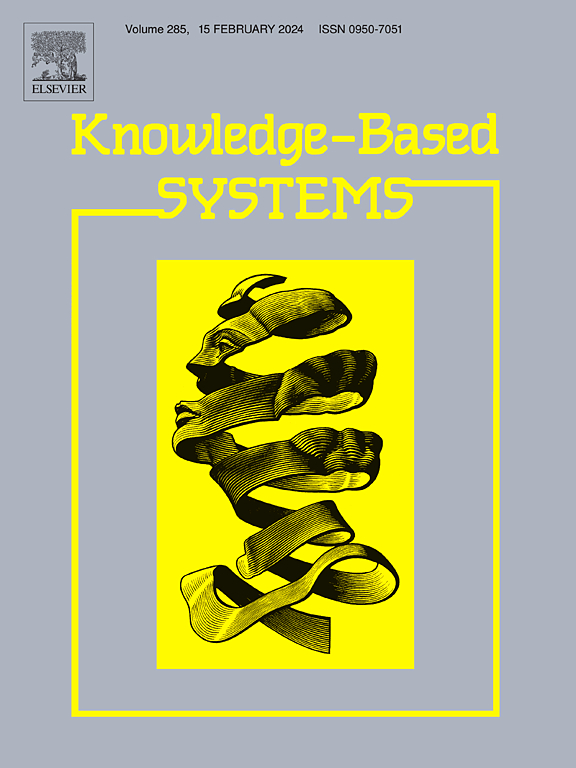DHR-BLS:胡贝尔式稳健广义学习系统及其分布式版本
IF 7.2
1区 计算机科学
Q1 COMPUTER SCIENCE, ARTIFICIAL INTELLIGENCE
引用次数: 0
摘要
本文章由计算机程序翻译,如有差异,请以英文原文为准。
DHR-BLS: A Huber-type robust broad learning system with its distributed version
The broad learning system (BLS) is a recently developed neural network framework recognized for its efficiency and effectiveness in handling high-dimensional data with a flat network architecture. However, traditional BLS models are highly sensitive to outliers and noisy data, which can significantly degrade performance. While incorporating the -norm loss function enhances robustness against outliers, it often compromises performance on clean datasets. To address this limitation, we propose the Huber-type robust broad learning system (HR-BLS), which integrates the Huber loss function into BLS, effectively combining the strengths of both -norm and -norm loss functions to achieve balanced robustness against data anomalies. Moreover, the elastic-net regularization is included to simultaneously enhance model stability and promote sparsity. To effectively manage large-scale and distributed data, we extend HR-BLS by introducing the distributed Huber-type robust broad learning system (DHR-BLS). Given the non-differentiability of the -norm, traditional gradient-based optimization methods are insufficient. Therefore, we adopt the alternating direction method of multipliers (ADMM) to train, ensuring convergence through the use of appropriate constraints. Experimental results on both synthetic and benchmark datasets show that HR-BLS outperforms traditional BLS and other state-of-the-art robust learning methods in terms of accuracy and robustness. Furthermore, DHR-BLS demonstrates exceptional scalability and effectiveness, making it suitable for distributed learning environments.
求助全文
通过发布文献求助,成功后即可免费获取论文全文。
去求助
来源期刊

Knowledge-Based Systems
工程技术-计算机:人工智能
CiteScore
14.80
自引率
12.50%
发文量
1245
审稿时长
7.8 months
期刊介绍:
Knowledge-Based Systems, an international and interdisciplinary journal in artificial intelligence, publishes original, innovative, and creative research results in the field. It focuses on knowledge-based and other artificial intelligence techniques-based systems. The journal aims to support human prediction and decision-making through data science and computation techniques, provide a balanced coverage of theory and practical study, and encourage the development and implementation of knowledge-based intelligence models, methods, systems, and software tools. Applications in business, government, education, engineering, and healthcare are emphasized.
 求助内容:
求助内容: 应助结果提醒方式:
应助结果提醒方式:


